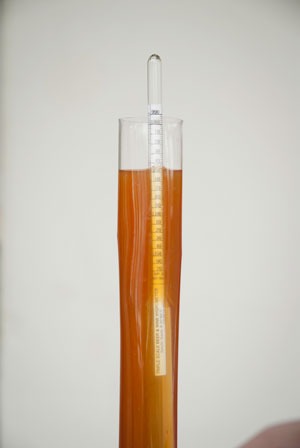Don’t miss our New England Beer & Baseball adventure in 2026! Click here to register!
Fermentation
Posts
-
 Mr. Wizard
Mr. Wizard
Adding water to carboys after racking
-
Mr. Wizard
Quick Fermentations
-
Mr. Wizard
Foaming Beano Beer
-
Mr. Wizard
Revitalized Fermentation
-
 Mr. Wizard
Mr. Wizard
Blow off the kräusen?
-
 Mr. Wizard
Mr. Wizard
Tasting Fermentation
Should you taste your beers throughout the brewing and fermentation process? The Wiz thinks so.
-
 Mr. Wizard
Mr. Wizard
Hops for lambics
The Wiz answers a question about brewing lambics at home.
-
 Mr. Wizard
Mr. Wizard
Open Fermentations
The Wizard weighs in on open fermentation at home.
-
 Article
Article
Fermenting High Gravity Beers
Bigger may or may not be better, but it’s a fact that high gravity beers don’t follow all the fermentation rules. Find out how to han
-
 Article
Article
Controlling Fermentation Temperature
Controlling the temperature of your fermentations is one of the best ways to improve the quality of your beers; we’ll show you h
-
Article
Ferment in a Cornelius Keg
For those of you that keg your homebrew, chances are you’ve got at least one Cornelius keg sitting empty at any given time. Why not put t
-
Article
Open Fermentation: Tips from the Pros
Ollie Lagomarsino (Anchor), David Geary (D.L. Geary) and Steve Dresler (Sierra Nevada) open up about open fermentations.
